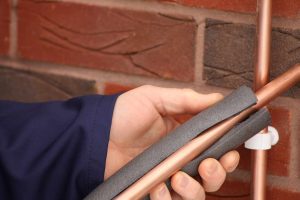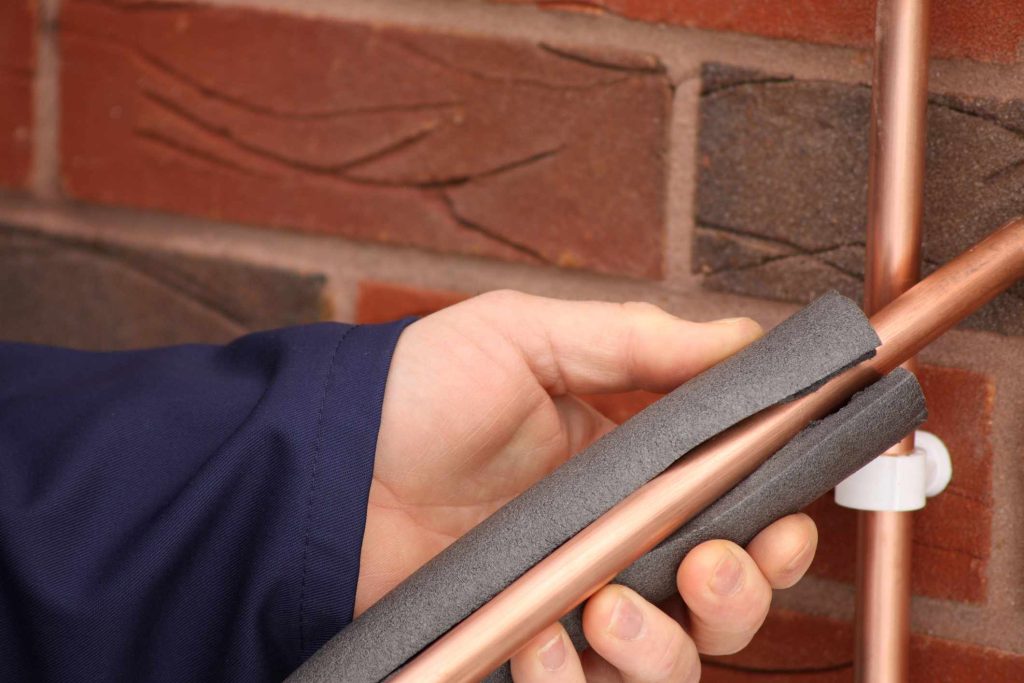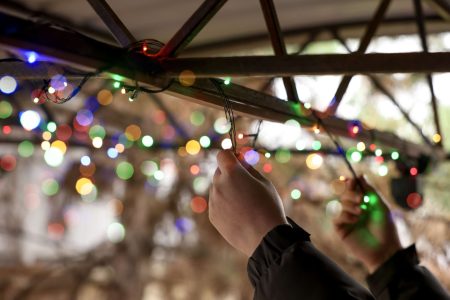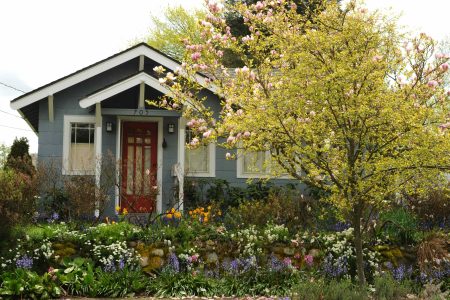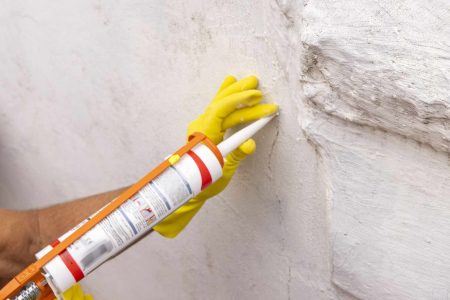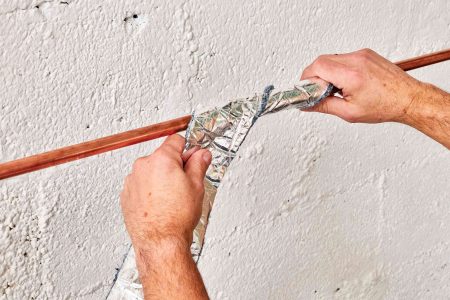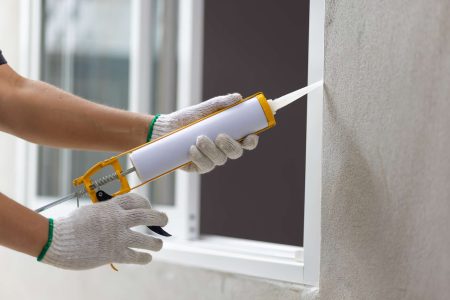Key Points
-
Prevent heating issues and reduce the risk of fire by with HVAC and fireplace maintenance.
-
Freezing pipes inside and outside the home can be a problem if they’re not properly drained or insulated.
-
The roof and gutter system should be cleaned and repaired prior to winter to prevent costly damages.
Winterization is an important part of homeownership that you cannot afford to skip, overlook, or delay. Yearly preventative maintenance is essential for protecting the home from snow, ice, and freezing conditions—and if you haven’t started your seasonal winterization process, now is the time.
We spoke to expert contractors to find out which jobs are the most pressing to complete before winter weather hits.
Meet the Expert
- Jonathan Chavis is the Plumbing Program Director at Miller-Motte College.
- Lisa Purvins has over 20 years of experience in the HVAC field as the CFO and Vice President of Pro-Tech Heating & Cooling.
HVAC Inspection and Tune-Up
The HVAC system is the beating heart of your home during the cold winter months, providing the heat you need to keep the home safe and warm.
“Having a technician check your heating system before peak demand improves performance, reduces energy use, and lowers the chance of an unexpected breakdown,” says Lisa Purvins, CFO and Vice President of Pro-Tech Heating & Cooling.
If you skip this winterization step, you run the risk of the HVAC system unexpectedly shutting down while you are away, which could lead to water lines freezing, bursting, and flooding the home.
You should use caulk or spray foam to seal any cracks or holes in exterior walls and around pipe entries, doors, and windows to prevent cold drafts from reaching the pipes, and reduce heat loss.
Want more home reno project tips and inspiration? Sign up for our free daily newsletter for the latest how-tos, reno guides, and more!
Don’t Miss
Insulate Water Pipes
Jonathan Chavis, Plumbing Program Director and Miller-Motte College, suggests insulating your water pipes.
“If you have a water pump from a well, use the proper pipe insulation ( R-Value 6.5) to insulate the water lines and an insulated cover to protect it from the elements,” he says. “You can also install heat trace tape around any exposed pipes. Heat trace wire will maintain a temperature above freezing.”
Insulating the pipes may not stop them from freezing if the entire HVAC system shuts down, but it can help to reduce the risk of freezing under normal circumstances, especially when the pipes run through less insulated areas, like the garage, basement, or crawlspace.
If your water heater is located in the garage or a cold basement, wrap it with a water heater blanket to both protect the water heater and reduce energy loss.
Clean the Gutter System
The gutter system collects dirt, dust, leaves, sticks, and other debris throughout fall, so you should clean out the gutter system to allow water to flow freely.
“Gutter cleaning is another task that often gets delayed,” Purvins says. “Leaves and debris left in gutters can trap water and create ice dams, which cause roof leaks and damage to siding.”
In the worst case scenarios, ice dams can cause leaks and minor flooding in the attic, leading to water damage and expensive repairs.
If the ice dams are not removed, they can become so heavy that they physically tear the gutters off the roof, leaving the roof fascia and siding exposed to snow, ice, and freezing rain.
Inspect and Repair the Roof
The weight of snow and ice can quickly put your home at risk if there are missing shingles, cracked roof sheeting, or weakened structural supports.
“Clearing leaves and checking for loose shingles ensures water can drain freely and reduces the risk of ice dams that cause leaks and structural problems,” Purvins says.
Before snow begins to pile up on the roof, take a bit of time to inspect the roof for any problems and make any necessary repairs. If you don’t feel comfortable tackling this job yourself, hire a roofing expert to inspect and repair the roof for you.
You should also take this time to ensure that your attic is properly insulated. Attic insulation helps maintain a consistent indoor temperature, and prevent sheets of ice from forming on your roof.
Winterize Exterior Plumbing
Exterior plumbing systems are helpful for watering the garden, washing the car, cleaning the gutters, and a host of other tasks around the home, but the freezing temperatures of winter can put these plumbing systems at risk of freezing, cracking, bursting, and flooding.
“Disconnect all garden hoses from their spigots,” Chavis says. “Drain them completely and store them in a garage or shed as well as looking into purchasing an insulated water spigot cover.”
Turn off the water to any exterior faucets using the interior isolation valve and open them outside to drain the remaining water.
If you have an irrigation system, then you will need to turn off the water to the irrigation system, drain it, then blow out any remaining water to prevent damage to the system during the winter. These steps prevent freezing that can lead to burst lines and major water damage.
Clean the Chimney and Fireplace
Clean out your fireplace and the chimney before you use it this winter.
“Removing creosote buildup and ensuring proper ventilation increases safety and helps fireplaces operate more efficiently,” Purvins says.
If you neglect to keep up with the regular cleaning and maintenance of the fireplace, you run the risk of the creosote buildup inside the chimney catching fire.
Since you typically have a fire burning in the fireplace when this occurs, it can be difficult to notice, which can give the fire time to spread to the rest of the home.
Read the full article here
